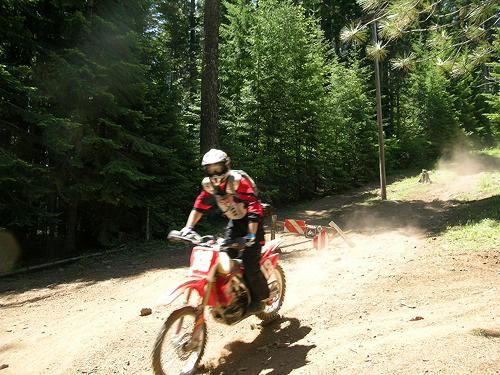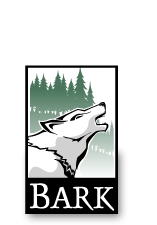 Mt. Hood Off-Highway Vehicle Plan
Mt. Hood Off-Highway Vehicle PlanThe Forest Service has finalized its plan for ATVs, dirtbikes, and other off-highway vehicles (OHVs) in Mt. Hood National ForestPrior to this decision Mt. Hood was open to OHV use everywhere that wasn 't posted closed. 36 percent of Mt. Hood 's 1.1 million acres were open for OHV use. OHV use was allowed on 2,463 miles of roads and cross country travel was allowed. With this decision OHV users will be limited to about 143 miles of designated roads and trails in LaDee Flats, McCubbins Gulch, and Rock Creek. The Forest Service received thousands of comments, including 715 from Barkers, on its draft EIS. The agency considered creating OHV areas in extremely sensitive parts of the forest including Bear Creek, Peavine, Graham Pass, Mt. Defiance, and Gibson Prairie. However, they received overwhelming opposition from its own experts, other agencies, and the public. Fortunately these areas have been spared. 53 percent of people who visit Mt. Hood come to hike and only .52 percent of Mt. Hood 's visitors are there to ride ATVs, dirtbikes, and other OHVs. While OHV users are only a small percentage of Mt. Hood 's visitors, they have had a substantial adverse impact on the forest. Bark is pleased that the Forest Service listened to the thousands of Oregonians who asked them to protect our drinking water, wildlife habitat, and quiet recreation opportunities from noisy polluting OHVs. While this decision is an important step in the right direction, we will continue to monitor OHV use in Mt. Hood and the effectiveness of this plan at reducing the harm caused by OHVs. More...
In 2007, Bark successfully worked to get congressionally allocated restoration funds for Mt. Hood National Forest. Through the Clackamas Stewardship Partners, a collaborative group in the Clackamas Ranger District, we pressured the Forest Service to use these funds to focus on an Upper Clackamas area to complete a pilot project that would include a full inventory of existing road system and use the data to implement a full, road decommissioning and aquatic restoration plan. Bark continues to work with the Forest Service to see this work implemented. We hope that this will create a model for forestwide travel planning for all roads. More...
More...
Mt. Hood National Forest is proposing to undergo restoration work over all four of the districts in the coming years. They are currently accepting public comments on these projects, which includes stream restoration, nonnative weed removal, as well as extensive road decommissioning.Bark has been working for the past year to advocate for the Forest Service to take a more visionary approach and put a planning process in place before beginning these efforts. Many of the proposed projects are stopgaps to major issues within the ecosystems. In particular, we would like to see the closure and obliteration of roads to be part of a larger, longterm plan for reducing the road system by half.For more on our campaign, go to www.mthoodplan.org. Our initial comments to the Forest Service are posted below and also have more information on our concerns for the process the Forest Service is taking to accomplish this important work. More...










